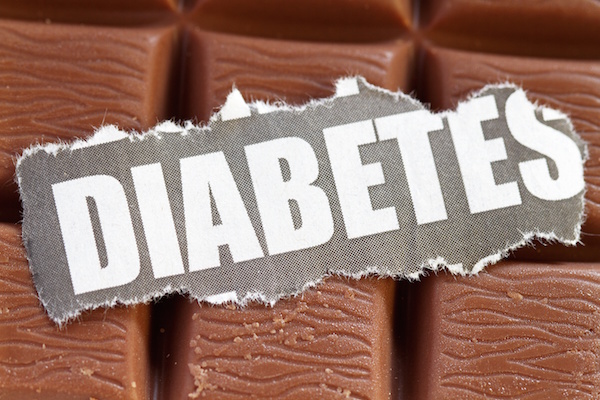
TUESDAY, Nov. 23 (HealthDay News) — Variety in your workout routine may be key to optimal diabetes management, new research suggests.
The study found that when people with type 2 diabetes did aerobic exercise some days and resistance training on others, they had lower blood sugar levels after nine months than people who did either type of exercise alone.
“From a health perspective, the combination exercise program really outshined the others,” said the study’s lead author, Dr. Timothy Church, director of preventive medicine research at the Pennington Biomedical Research Center at Louisiana State University System in Baton Rouge.
“We really thought that the walking group and the combination group would be similar, but the combination group was the only group that had significant improvement. They reduced their HbA1C levels, while also reducing the amount of diabetes medications,” said Church.
The HbA1C test examines long-term (two to three months) blood sugar concentration. Unlike a fasting blood glucose test, the HbA1C indicates how well you’ve controlled your blood sugar over the past eight to 12 weeks.
The findings from Church’s study, which was funded by the U.S. National Institutes of Health, are published in the Nov. 24 issue of the Journal of the American Medical Association.
Exercise is commonly recommended for people with diabetes, but according to Church, the type of exercise that might be best for people with diabetes hasn’t been well-studied.
To get a better idea of whether aerobic exercise (such as walking or running) or resistance training (such as weight lifting) was of more benefit, the researchers recruited 262 sedentary people with type 2 diabetes for a nine-month study. The average age of the participants was about 56. Sixty-three percent of the study volunteers were women and 47.3 percent were nonwhite.
The researchers assigned 73 volunteers to resistance training, 72 to aerobic exercise, and 76 people to a combination of aerobic and resistance training. The remaining 41 people served as the control group and didn’t exercise.
The people in the resistance-training group exercised three days per week, and each session consisted of two sets of four upper-body exercises, three sets of three leg exercises, and two sets of abdominal crunches and back extensions. Most of these exercises were done with weight machines.
The aerobic group did about 150 minutes a week of moderately paced walking on a treadmill.
The combination group had two resistance-training sessions a week that consisted of one set each of the exercises listed above. They also walked slightly less than the aerobic-only group, because the researchers wanted to make sure that the time each participant exercised each week was roughly the same, no matter which group they were in. The researchers supervised all of the exercise sessions. To help ensure safety, all of the participants also saw a certified diabetes educator once a month to check for blisters and other potential problems.
HbA1C levels are expressed as a percentage, and at the start of the study, the average level was 7.7 percent. The level indicates the amount of a substance in the blood called glycated hemoglobin, which builds up when excess sugar in the blood attaches to the hemoglobin in red blood cells. (Levels under 6 percent are generally considered normal in people without diabetes.)
At the end of the study, the combination group had lowered their HbA1C levels by 0.34 percent compared to the control group, while the aerobic group went down 0.24 percent and the resistance-only group went down 0.16 percent. However, the only change that was considered statistically significant, according to the study, was the combination group’s change.
Participants in all exercise groups reduced their waist size compared to the control group, and the group doing resistance training-only lost some fat mass as well. But people in the combination group also lowered the amount of diabetes medication they needed on average, and they lost the most fat mass — about 4 pounds’ worth — compared with the control group, according to Church. They were also the only group to lose weight.
“For individuals with diabetes, the optimal program involves aerobic and resistance training,” said Church.
“The biggest consumer of blood sugar is skeletal muscle, and anything you do to improve the health of your muscles will help control your use of blood sugar,” he noted.
Although the study didn’t include people with type 1 diabetes, Church said he suspects that they would benefit from the combination of exercises as well. And, he added, it’s likely that non-diabetics would get additional benefits from a combination of exercises, too.
“Someone who wants to maximize the impact on glucose control and maximize the use of their time should do both aerobic and resistance exercise,” said Dr. Ronald Sigal, a professor of medicine at the University of Calgary and the author of an accompanying editorial in the same issue of the journal. “Even a relatively small amount of resistance exercise — one set twice a week for about 20 minutes — makes a difference.”
More information
Learn more about exercise and diabetes from the U.S. National Institute of Diabetes and Digestive and Kidney Diseases.

